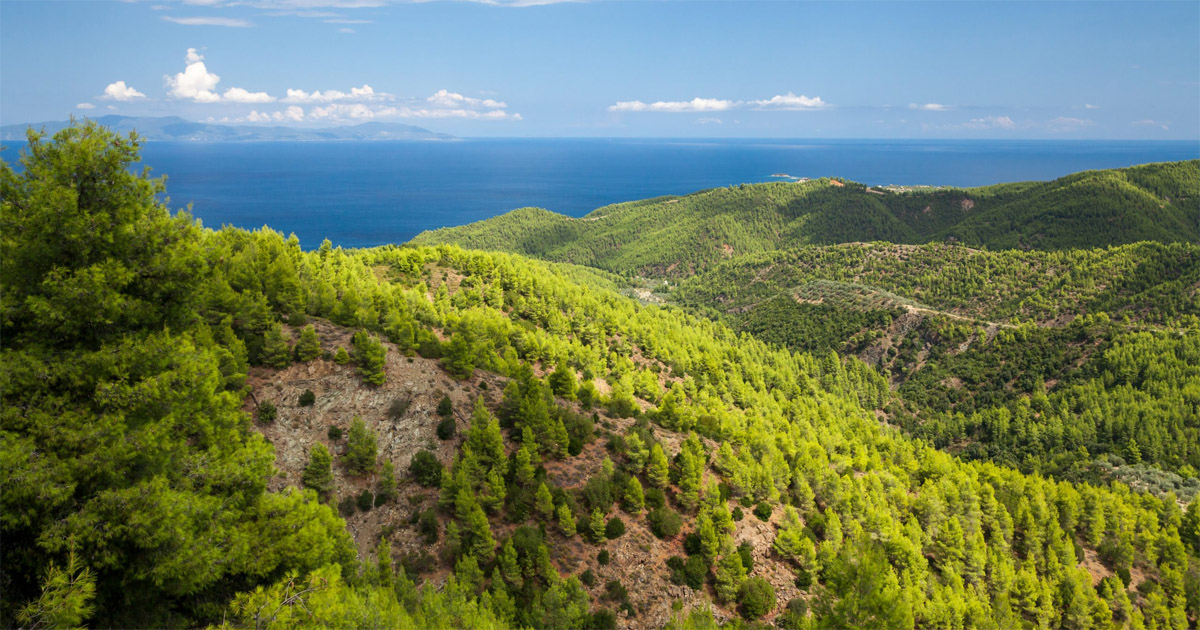Download:
DOI:
https://doi.org/10.17528/cifor/004119Altmetric score:
Dimensions Citation Count:
Publication year
2013
Authors
Comeau, L; Hergoualc'h, K.; Smith, J.U.; Verchot, L.
Language
English
Keywords
air temperature, carbon dioxide, change, climate, climate change, drainage channels, emissions, fatty oil crops, forest plantations, forest soils, land use, oil palms, oil crops, oilseed plants, organic carbon
Geographic
Indonesia






















